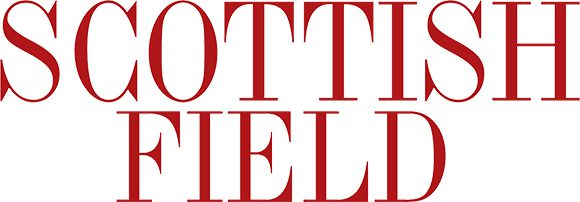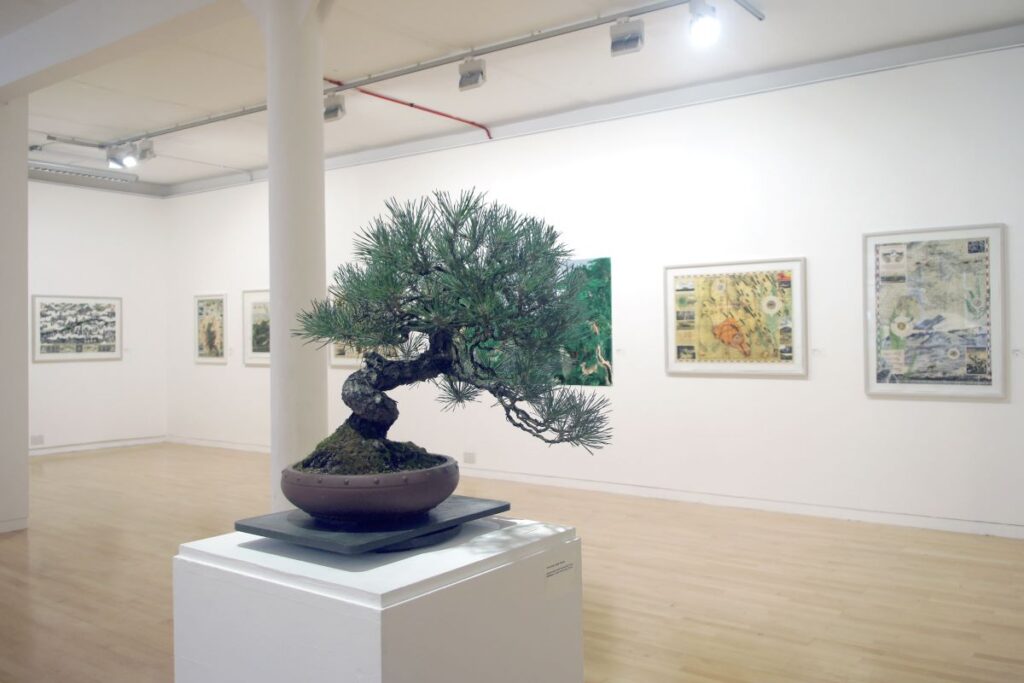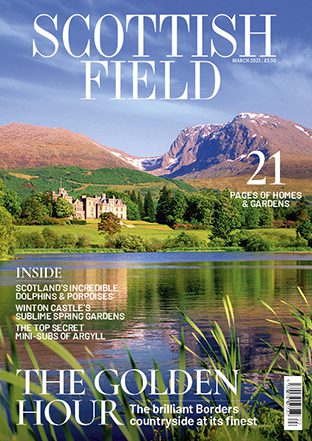Lisa Simonis heads to Glasgow Print Studio to see the latest work from printmaker Murray Robertson.
Entering Murray Robertson’s latest exhibition feels like stepping into a living, breathing, human-sized world atlas.
His impressive cartography and exceptional eye for detail makes Robertson’s work feel lived-in. But at the same time, it feels futuristic, like an archaeological post-apocalyptic world after our own that is filled with technology.
The exhibition, Uncharted 1985–
It starts with his first lithograph, Kibble Palace (1986), which was the catalyst for his career and hangs at the exhibition’s entrance.
The image depicts a man sitting atop an octagonal pillar, surrounded by leafy plants as if inside a greenhouse with the city landscape playing in the background. Informed by Jung’s work, it symbolises the subconscious self as the gateway to individuation.
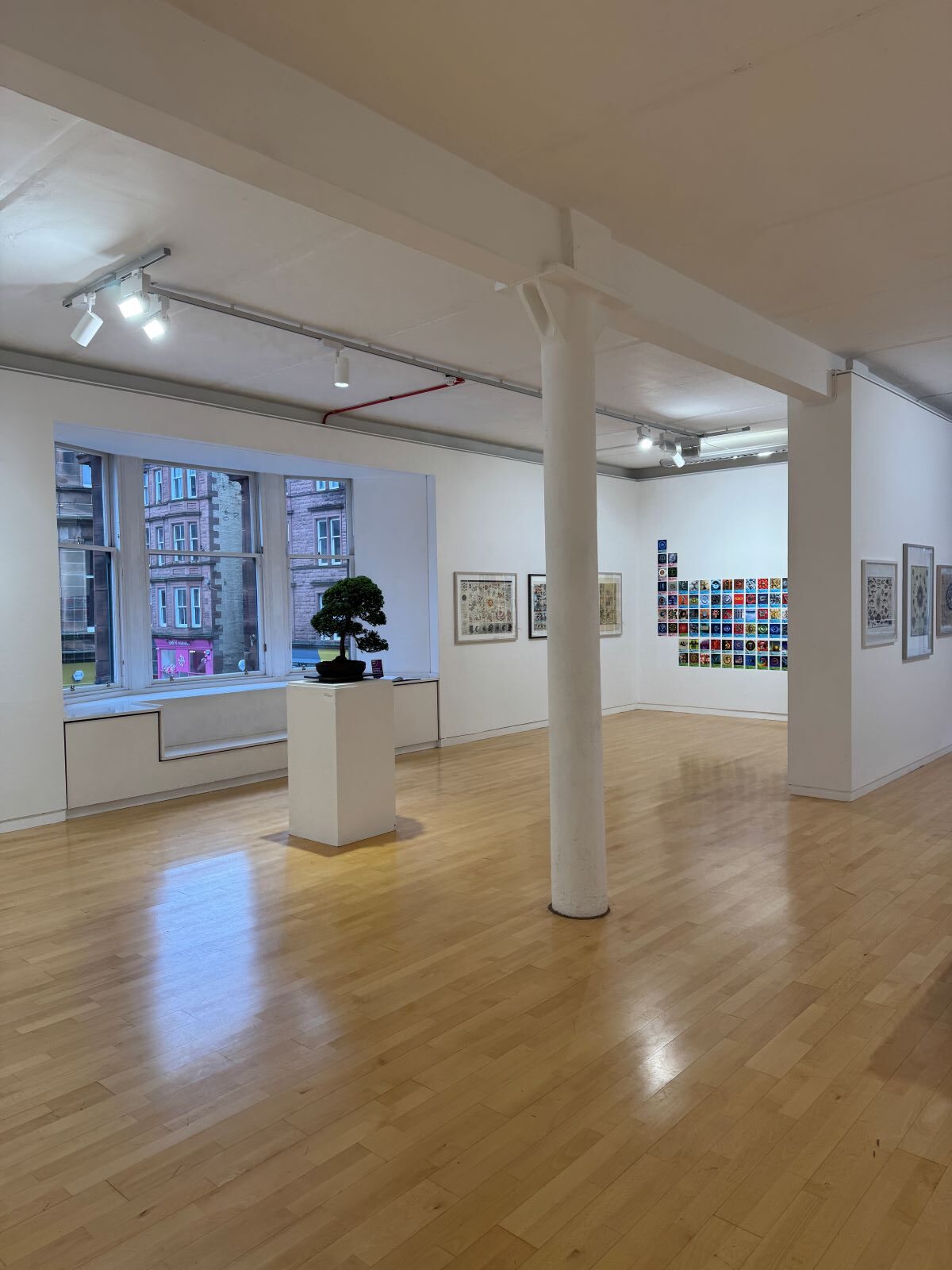
Not long after I arrive at Glasgow Print Studios, Robertson greets me on the landing and we get to talking. He shows me around the exhibition, sharing his story and pointing out the details in his work.
He takes me to his studio on the top floor of the building where the prints are made. The metal plates, acid baths, screen printing equipment and printmaking presses help portray this time-consuming and detail-oriented medium, as well as the manual labour that goes into printmaking.
The Scottish artist is a highly respected master printer at Glasgow Print Studio. He studied at Glasgow School of Art and maintains an interest in traditional fine art and printmaking.
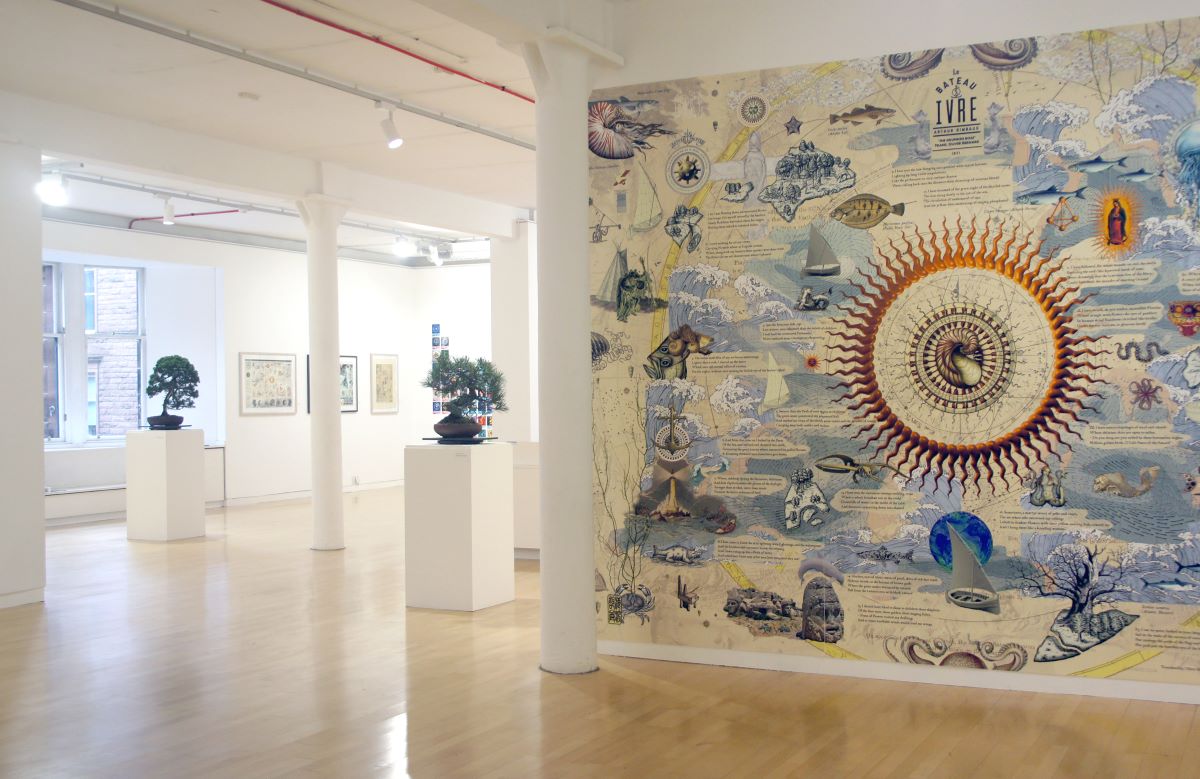
Originally working as the Lithographic Studio Printer at GPS, Robertson now concentrates on the research, development and application of new technologies, specifically digital imaging and printing.
Robertson’s work is influenced by cartography and nature, specifically diagrammatic representations of nature and iconography, drawing on natural history textbooks, maps, scientific and technical drawing, and cultural icons.
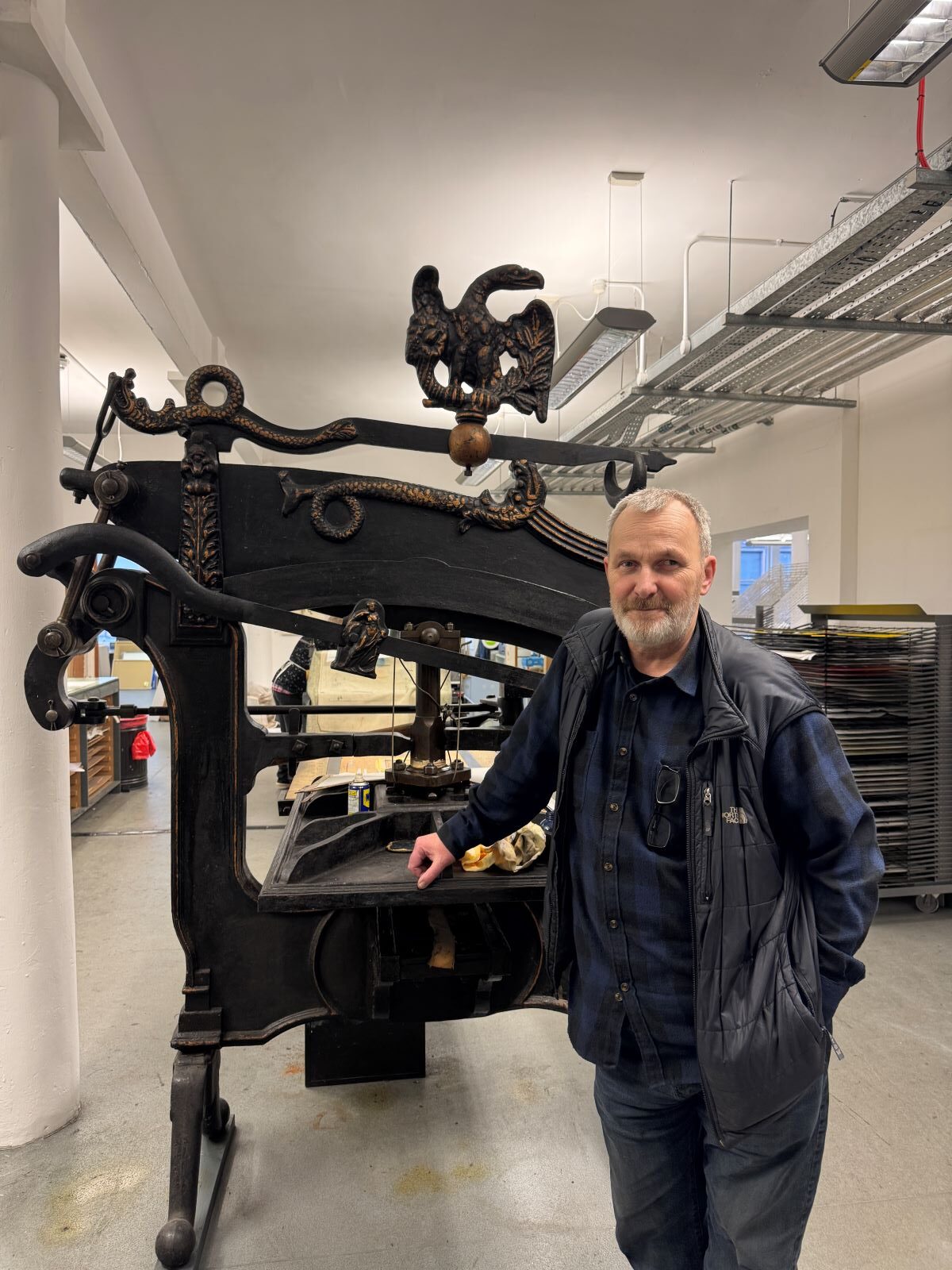
He has worked in Germany, Japan, Finland, India, Mexico, and Ireland, and the influence of his extensive travels is clear in his work.
It’s easy to identify his source of inspiration for each print in the shapes of the clouds, trees, and landscapes. Despite the various cultural influences, Scotland and Ireland have become Robertson’s main areas of exploration.
His work displays recurring archetypes and symbols like the snake or the fish that appear across cultures and time and have been and continue to be interpreted in a variety of ways from antiquity into modernity.
At times, the work looks like a collage of hidden motifs waiting and wanting to be seen.
This exquisite mix of details makes Robertson’s work timeless and is a testament to his love for printmaking as a form of meditation. It is nourishing for the mind and soul that art provides.
The exhibition offers a rare glimpse into printmaking while documenting how our shared human existence has resonated through maps, symbols and recurring archetypes across centuries, continents, and cultures.
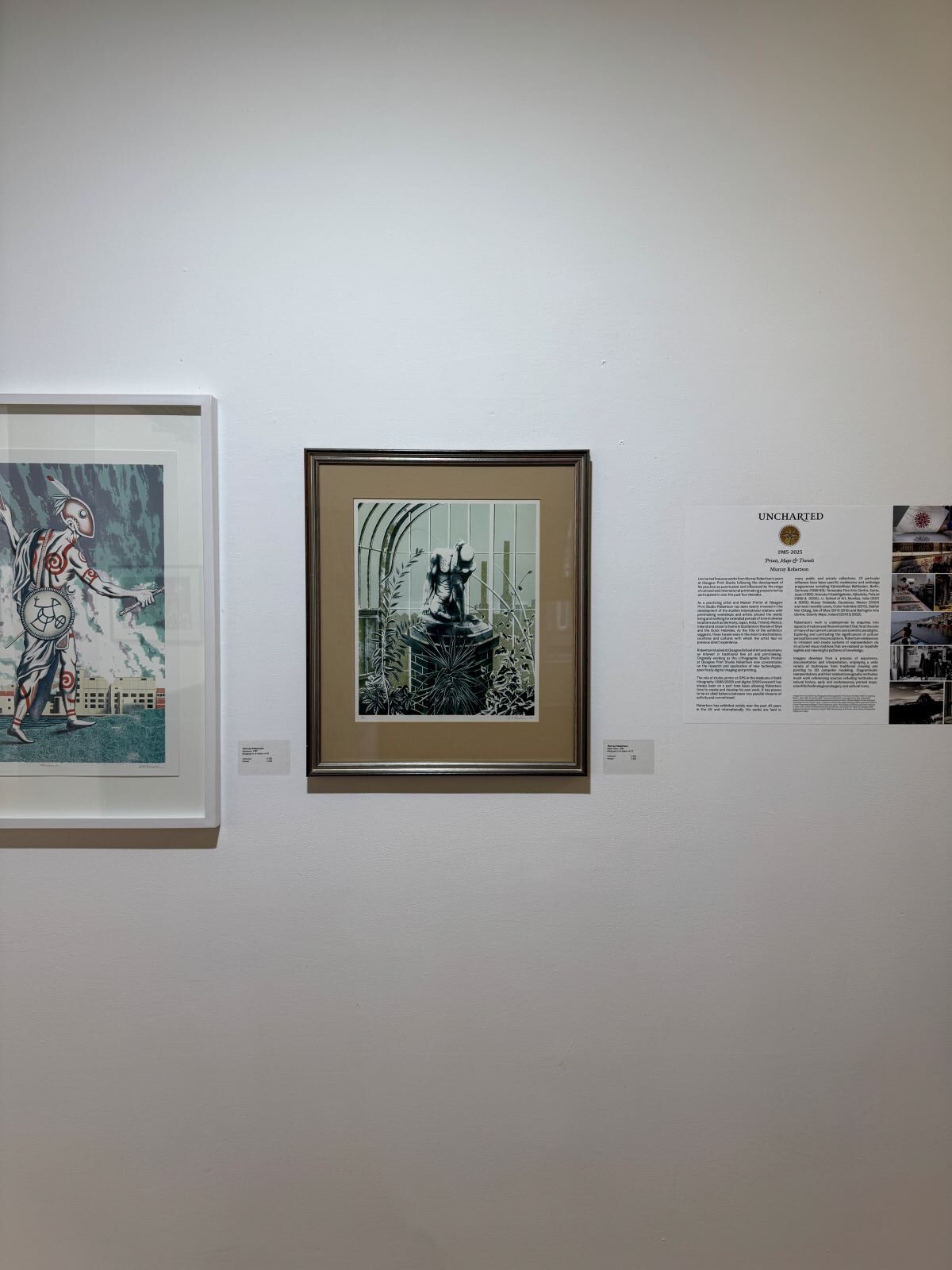
Uncharted 1985–2025 will be on display at the Glasgow Print Studio till 22 March 2025.
Read more Culture stories here.
Subscribe to read the latest issue of Scottish Field.
TAGS
